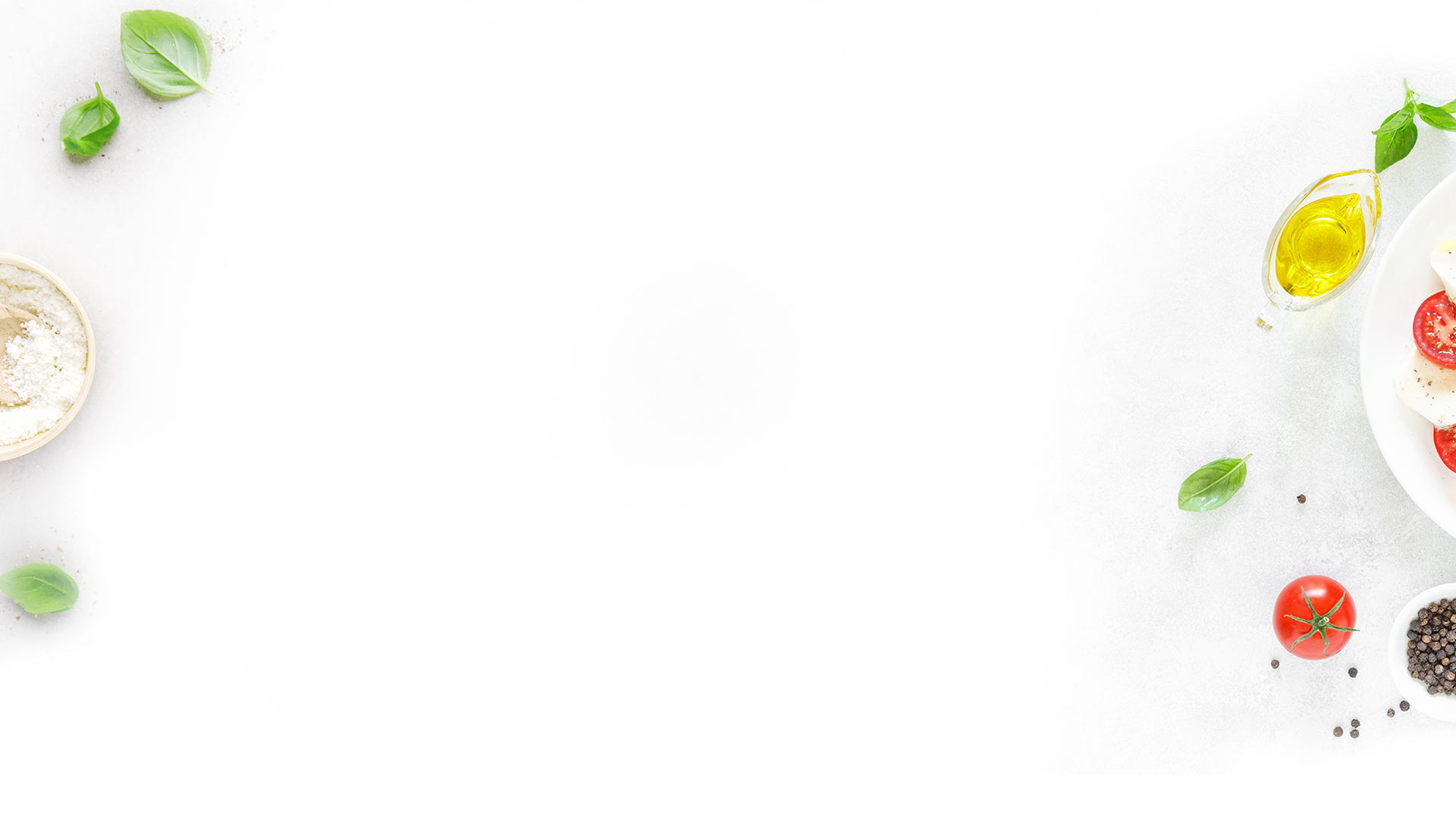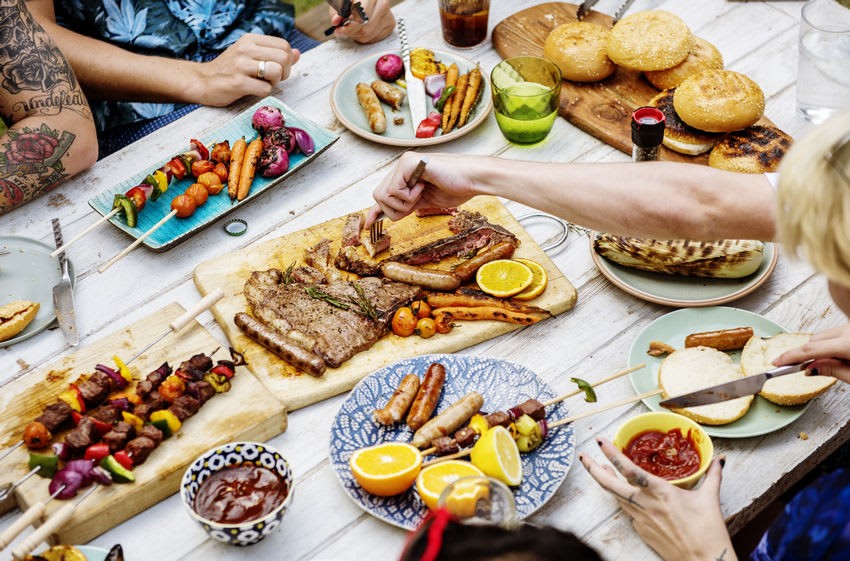
Summer Food Safety

Of course, we all love the Summer season, what’s not to love?! People are happier, the sun is shining, everybody is outside way more and there’s a wide range of seasonal fruits and vegetables that we just can’t get enough of. Then just like with everything, there are things to consider when the temperature is rising. We are all aware that sun cream is a must to protect that skin! And water, we’re constantly reminded of just how easy it is to become dehydrated, especially when riding the subway during rush-hour… but what about food? Food too should be on your list of things to consider carefully during the summer months (but don’t let it slide over the rest of the year!). Let us refresh your knowledge on some of the basic food safety tips and tricks out there.
START AT THE SURFACE

It’s simple right… and an easy one to remember, but many people forget or simply skip the number one rule when preparing and storing foods. Clean! Firstly, ensure that the surfaces you’re about to use are sanitized. It’s not just enough that you wiped it after you finished cooking yesterday. Better to be safe than sorry, so give those surfaces a spray and wipe before, throughout, and after cooking. This especially goes for anything that raw meat or poultry comes into contact with.
HANDS, HANDS, HANDS
Always wash your hands before handling and preparing foods and wash them again after touching raw meat, poultry or eggs.
REDUCE YOUR RISK OF SALMONELLA
Though many people associate salmonella with undercooked chicken and raw eggs, many forget that raw fruit and vegetables can also cause people to suffer the consequences of the bacteria. Contaminated soil or water can cause raw produce to host the bacteria so always ensure you scrub your fruit and vegetables even if you plan to remove the skin or cook them.
KEEP FOOD GROUPS SEPARATE

Meat, Poultry, Fish and Fresh Produce… they should only be combined during the cooking stages. Throughout preparation keep them separate. Use separate chopping boards and knives. Once something has been used, put it into the sink and reduce your risk of accidentally chopping your clean veggies with a knife used on raw meat!
COOK WITH CARE
Cooking meat can seem scary but keep these temperature guidelines from the USDA in mind and you’ll be fine: all beef, pork, lamb and veal steaks and chops should be cooked to a minimum internal temperature of 145° F. Ground meats 160°F and poultry to 165°F!
STORE, THAW, AND CHILL SAFELY
Thawing is best done in the refrigerator, slowly, with a plate under the meat to ensure the juices don’t spill onto other produce. However, sometimes time is of the essence. When that’s the case, frozen foods can be placed in cold water to help the process. Just remember to change the water every 30 mins. Finally, thawing can also be done in a microwave, just be sure to cook all the meat after doing so. As for those leftovers, only leave food out for a maximum of 2 hours and in the summer only 1 hour! Tupperware is your best friend (if you can find the lids!). Store your food and consume within 4 days! Make sure to reheat the food items to 165°F and enjoy!
